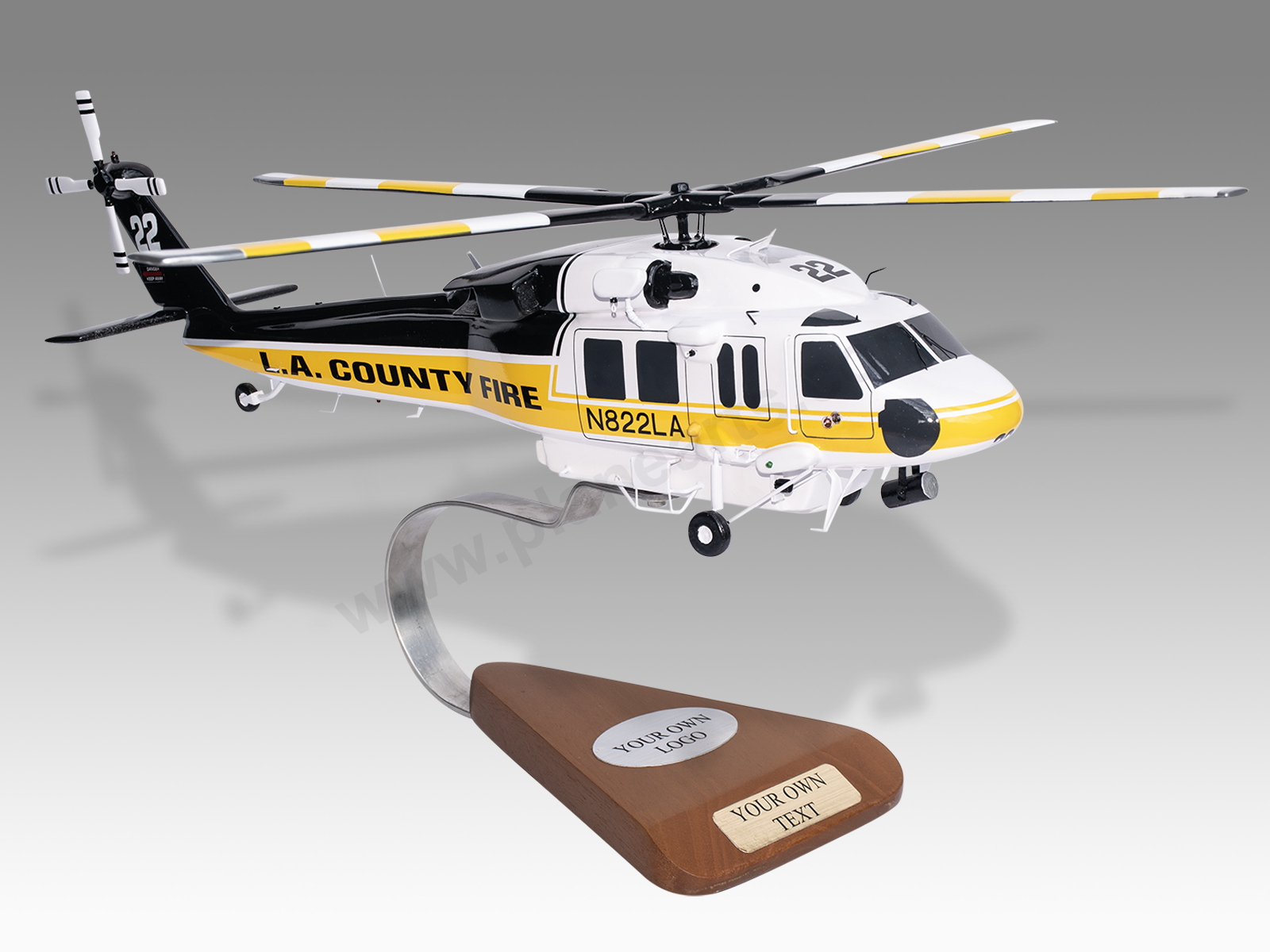A Look at the Sikorsky S 70's Duty in Military and Civil Aviation
A Look at the Sikorsky S 70's Duty in Military and Civil Aviation
Blog Article
Modernized Vertical Lift System With Advanced Compound Frameworks and Improved Safety Procedures
In the world of upright lift platforms, a substantial shift towards innovation has actually been observed, driven by the integration of sophisticated composite structures and increased safety steps. In discovering the merging of innovation and safety and security in modern lift systems, a compelling narrative arises, showcasing the capacity for transformative improvements that cater to the ever-evolving requirements of industrial fields.
Advancement of Vertical Lift Systems

The development of upright lift platforms can be traced back to fundamental wheel systems and very early elevator styles. With time, advancements such as hydraulic systems, electric motors, and progressed control systems have greatly boosted the effectiveness and safety of these systems. Producers have additionally concentrated on improving the stability, reach, and load-bearing abilities of vertical lift systems to fulfill the diverse needs of various markets.
Furthermore, the integration of wise technologies like sensing units, IoT connection, and automation functions has actually even more changed the capacities of modern-day vertical lift platforms. These technical enhancements not just enhance operational productivity but additionally make certain enhanced security criteria for workers making use of these platforms at various elevations. The continuous evolution of upright lift platforms underscores their indispensable function in enhancing vertical wheelchair throughout industries.
Assimilation of Advanced Compound Structures

Moreover, the use of advanced composite products allows for even more complex and optimized structural designs, allowing designers to customize the system's residential properties to fulfill certain efficiency requirements. Overall, the unification of innovative composite structures in modern-day upright lift platforms represents a significant improvement in aerospace technology, leading to much more reliable, trustworthy, and more secure airborne transportation systems.
Boosted Precaution Application
Executing enhanced safety steps is crucial in making certain the ideal performance and dependability of modern-day vertical lift platforms. These measures include a variety of methods aimed at mitigating risks and improving general safety and security requirements. One crucial aspect of enhanced precaution is the combination of sophisticated sensing unit innovations to check numerous parameters in real-time. By using sensors for features such as structural health monitoring, tons monitoring, and environmental sensing, possible hazards can be recognized early, permitting proactive upkeep and rehabilitative activities.

Market Applications and Advantages
With developments in technology and engineering, modernized vertical lift platforms have found diverse applications throughout different industries, offering considerable benefits in performance and efficiency. In the production sector, these platforms improve the process of transferring hefty materials and tools within facilities, reducing hand-operated handling and improving functional performance. The building and construction sector take advantage of vertical lift systems by making it possible for workers to accessibility elevated areas securely and effectively, enhancing general job timelines. Warehousing and logistics companies utilize these systems to maximize storage room utilization and help with quicker picking and packing processes.
In addition, vertical lift platforms play a critical duty in the repair and maintenance of facilities such as bridges, power lines, and structures, permitting technicians to reach inaccessible locations effortlessly (sikorsky s blog here 70). The aviation industry also leverages these systems for airplane upkeep and assembly jobs, enhancing workflow performance and making sure employee safety at elevations. In general, the prevalent adoption of up-to-date vertical lift systems throughout sectors underscores their versatility and the considerable enhancements they offer different procedures
Future Trends in Lift System Innovation
Including advanced automation and smart functions, lift platform modern technology is poised to reinvent vertical transport systems in the close to future. One crucial trend is the assimilation of Net of Points (IoT) innovation, allowing lift systems to interact real-time information for anticipating upkeep, optimizing performance, and improving safety and security. Expert system and artificial intelligence formulas are also being integrated to examine patterns, anticipate prospective issues, and improve efficiency. Moreover, the usage of sophisticated products such as carbon fiber composites gets on the rise, providing enhanced durability and toughness while minimizing general weight. Improved safety and security steps, consisting of biometric authentication and emergency feedback systems, are becoming basic functions to guarantee passenger safety. In addition, modular layouts and customizable setups are getting popularity, permitting better adaptability to different settings and requirements. As lift platform technology proceeds to progress, these fads are readied to form the future of vertical transportation, making it more effective, secure, and user-friendly.
Verdict
In conclusion, the modernized vertical lift platform showcases the evolution of technology in the industry. By integrating sophisticated composite frameworks and enhanced precaution, this system provides enhanced efficiency and safety for various applications. The industry can profit significantly from these innovations, and future patterns in lift platform innovation are most likely to continue surpassing these advancements for also better success and performance.
In the realm of upright lift systems, a significant change in address the direction of modernization has been observed, driven by the combination of innovative composite structures and enhanced safety and security actions. The continual look these up advancement of upright lift platforms highlights their indispensable duty in improving vertical flexibility across industries.

The incorporation of sophisticated composite structures in modern-day vertical lift systems has actually dramatically improved their structural stability and efficiency capabilities. By integrating these sophisticated composites right into the design and building and construction of vertical lift systems, makers can lower total weight, increase load-carrying ability, and boost the system's longevity and longevity.
Executing boosted safety and security measures is imperative in ensuring the ideal performance and integrity of contemporary upright lift systems.
Report this page